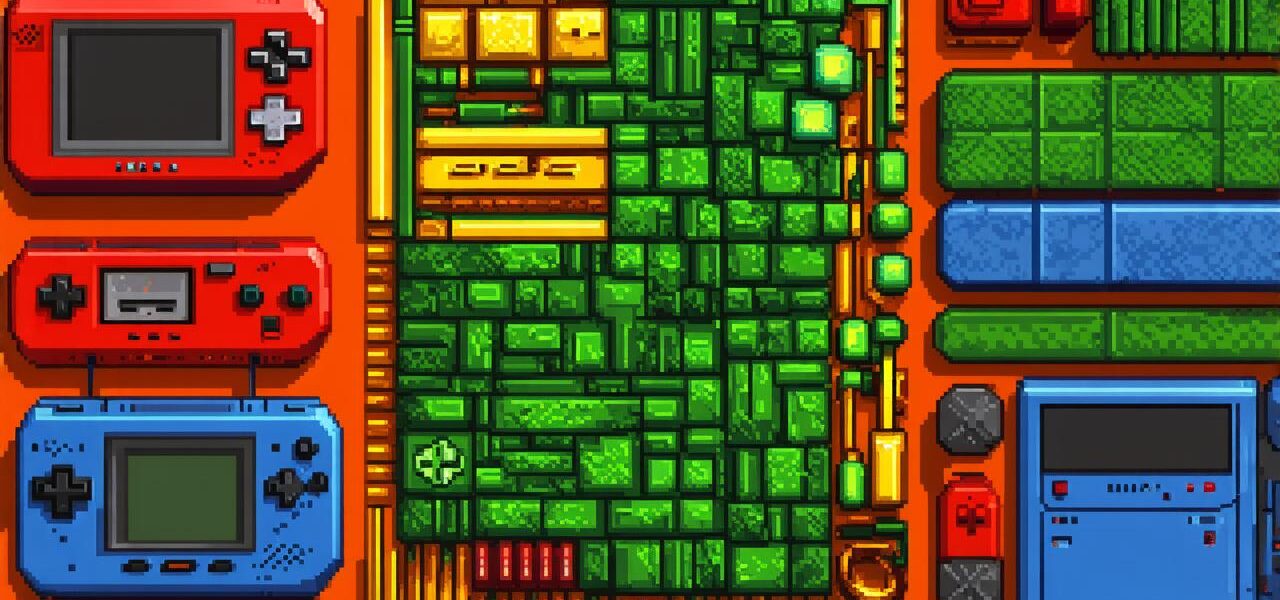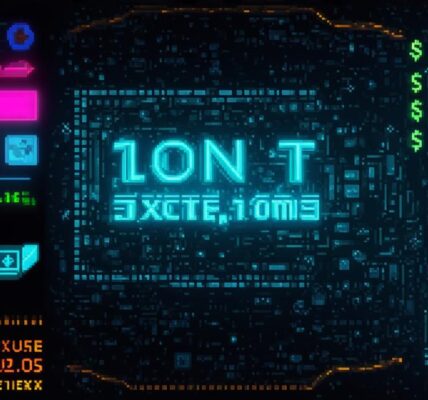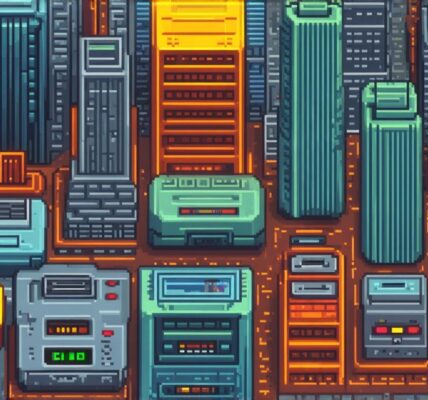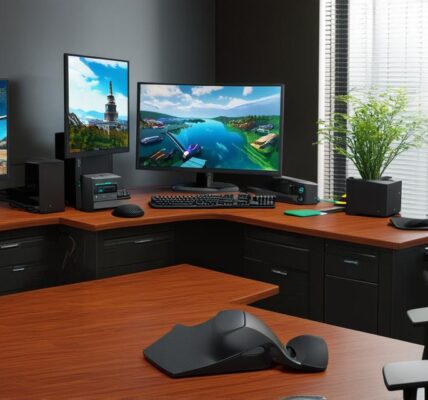Are you a game developer looking to create your own console for your next project? Look no further! In this article, we’ll take a deep dive into the world of game consoles and explore how to create your very own. We’ll cover everything from the basics of game console design to advanced topics like hardware and software development. So buckle up and let’s get started!
The Basics of Game Console Design
Before we dive into the technical aspects of creating a game console, it’s important to understand the basics of game console design. At its core, a game console is a device that allows players to enjoy games on their TV or computer screen. It typically consists of a box with hardware and software components that work together to provide an immersive gaming experience.
To create your own game console, you’ll need to start by determining the type of console you want to build. There are three main types of game consoles: home consoles, handhelds, and mobile devices. Each type has its own unique features and requirements, so it’s important to choose the one that best fits your needs and budget.
Once you’ve decided on the type of console you want to create, you’ll need to consider the hardware and software components that will make up your console. Some key components to consider include:
- Processor: The processor is the brain of the console and determines how fast and powerful the console will be. It’s important to choose a processor that can handle the games you want to run on your console.
- Memory: The amount of memory in your console will determine how many games you can run at once and how large the game files can be.
- Graphics card: The graphics card is responsible for rendering the images on your console’s screen. It’s important to choose a graphics card that can handle the graphical demands of the games you want to run.
- Storage: The storage in your console will determine how much space you have to store game files and other data.
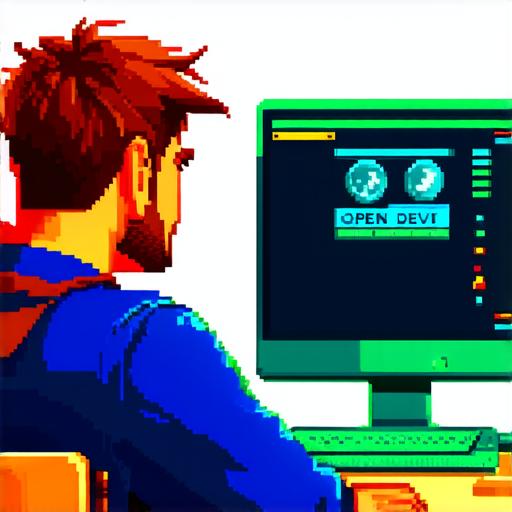
Once you’ve chosen your hardware components, you’ll need to start thinking about software. Your console will need an operating system, as well as any additional software components that will be required for your games to run properly. Some popular operating systems used in game consoles include Linux, Windows, and macOS.
Creating the Hardware for Your Console
Now that you have a good understanding of the basics of game console design, it’s time to start building your own console. The first step is to create the hardware components that will make up your console. This includes designing and assembling the physical components of your console, such as the box, buttons, and ports.
When designing the physical components of your console, it’s important to consider ergonomics and user experience. Your console should be easy to use and comfortable for players to hold for extended periods of time. You’ll also want to make sure that your console has enough ports and buttons to allow players to connect their controllers and other accessories.
Once you have all the physical components designed and assembled, it’s time to move on to the electronic components. These include the processor, memory, graphics card, and storage.
When choosing these components, it’s important to consider factors like power consumption, heat dissipation, and compatibility with your chosen operating system.
Developing the Software for Your Console
Now that you have all the hardware components designed and assembled, it’s time to start developing the software for your console. This includes creating an operating system, as well as any additional software components that will be required for your games to run properly.
Creating an operating system is a complex process that requires a deep understanding of computer programming and operating systems. You’ll need to choose an existing operating system, such as Linux or Windows, and modify it to work on your console’s hardware. This may involve porting code from the source operating system to your console’s hardware, as well as creating new drivers and utilities.
Once you have your operating system up and running, you can start developing games for your console.
